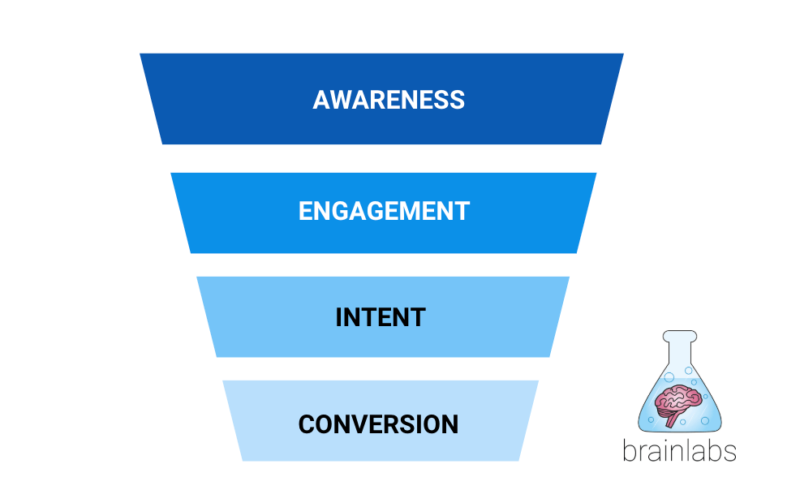How to integrate online and offline for the best overall result
Remember the days when the "dinosaurs" of traditional media had to learn digital ways? Now digital natives must get educated about billboards, print and TV.

Digital marketers like me are big supporters of online advertising, as you might expect, but offline — TV, print, and out of home — still has a major role to play in today’s campaigns. After all, even though digital is growing massively, global online spend isn’t projected to catch up with offline until 2020.
Since every medium has its pros and cons, I’m not going to try to pit them against each other — instead, I’d like to highlight how well they can work together. The technological revolution is not about fully abandoning traditional marketing, but about leveraging tech to improve on it and work around its limitations.
Blurring lines
I should note that the lines between offline and online are getting a bit more blurred as TV and out of home (OOH) become more digitalized — all TV will eventually be bought programmatically, and digital OOH spend is expected to exceed $5 billion by 2022.
Access to tech and data is allowing these traditional media channels to become much more targeted, with improved inventory buying and more effective performance measurement. But in the meantime, let’s still distinguish offline and online in the traditional way.
For most small businesses, online is not just sufficient, it’s incredibly effective. But, although offline is typically associated with large-budget campaigns, it still has an important role for both local businesses and (multi)national businesses that want to establish brand awareness by reaching a large audience.
Working together
When should you use both online and offline? You can’t go wrong with planning your strategy around the trusty purchase funnel.

You can plan an entire offline or online strategy, from awareness to engagement to intent to conversion, but those strategies can be even more effective when used together at different parts of the consumer journey. I find the most successful efforts focus on creating the ideal journey with the necessary offline and online touch points, with ads that complement each other in a multichannel approach.
Offline has a wide reach that includes people who may never be reached online, but it’s expensive to run due to the high costs associated with billboards, banners, radio ads and so on. On the other hand, offline can have a low cost per thousand (CPM) versus online channels. Online is great for its more narrow reach, great return on investment (ROI) and measurability, but it can be more expensive per thousand people compared to TV, for example.
In other words, offline is better suited for upper-funnel activity aiming for reach and brand awareness, while moving down to more conversion- and acquisition-based marketing works well on online channels.
A matter of timing
Timing considerations are key, of course. If you only have two months to see immediate effects, you wouldn’t have the time to separate channels this way. To be time-efficient, you’d turn on all channels at once using direct-response creatives with strong calls to action (CTAs).
But for those thinking long-term, building up a strategy for a year to see effects afterward, I recommend timing campaigns with precision, such as pushing only brand awareness activity for a while, and then switching to acquisition-focused activity. If your strategy is well-planned, you can achieve all your KPIs at once.
For example, you could do a big burst of OOH in the first period, followed by a big burst of digital. You could then take advantage of the heightened brand awareness to push paid search activity. It’s about knowing when to increase spend on lower-funnel activities for the best effect. With our clients, we’ve seen that the initial branding and prospecting work can do wonders for cost per acquisition (CPA).
Unfortunately, it is difficult to measure offline success in any specific terms aside from things like observed lifts in conversions. You can’t really know how many people looked at a billboard or paid attention to a TV ad, although mobile data is helping refine measurement.
It’s even more difficult to track the entire conversion journey; for some businesses, a large proportion of sales happen offline, even if as a result of online branding activity. And whether offline or online, measuring brand awareness has never been straightforward, though tools like Google’s Brand Lift are improving this situation in the programmatic arena.
Luckily, our understanding of the dynamic between online and offline marketing channels is continuing to improve along with our knowledge about how that dynamic affects consumer behavior.
Digital is the future, no doubt about it. But while we transition to a fully digitalized industry, the more open-minded we are about testing multichannel approaches and adopting emerging technologies, the better our overall strategy and results will be.
Contributing authors are invited to create content for MarTech and are chosen for their expertise and contribution to the search community. Our contributors work under the oversight of the editorial staff and contributions are checked for quality and relevance to our readers. MarTech is owned by Semrush. Contributor was not asked to make any direct or indirect mentions of Semrush. The opinions they express are their own.
Related stories
New on MarTech